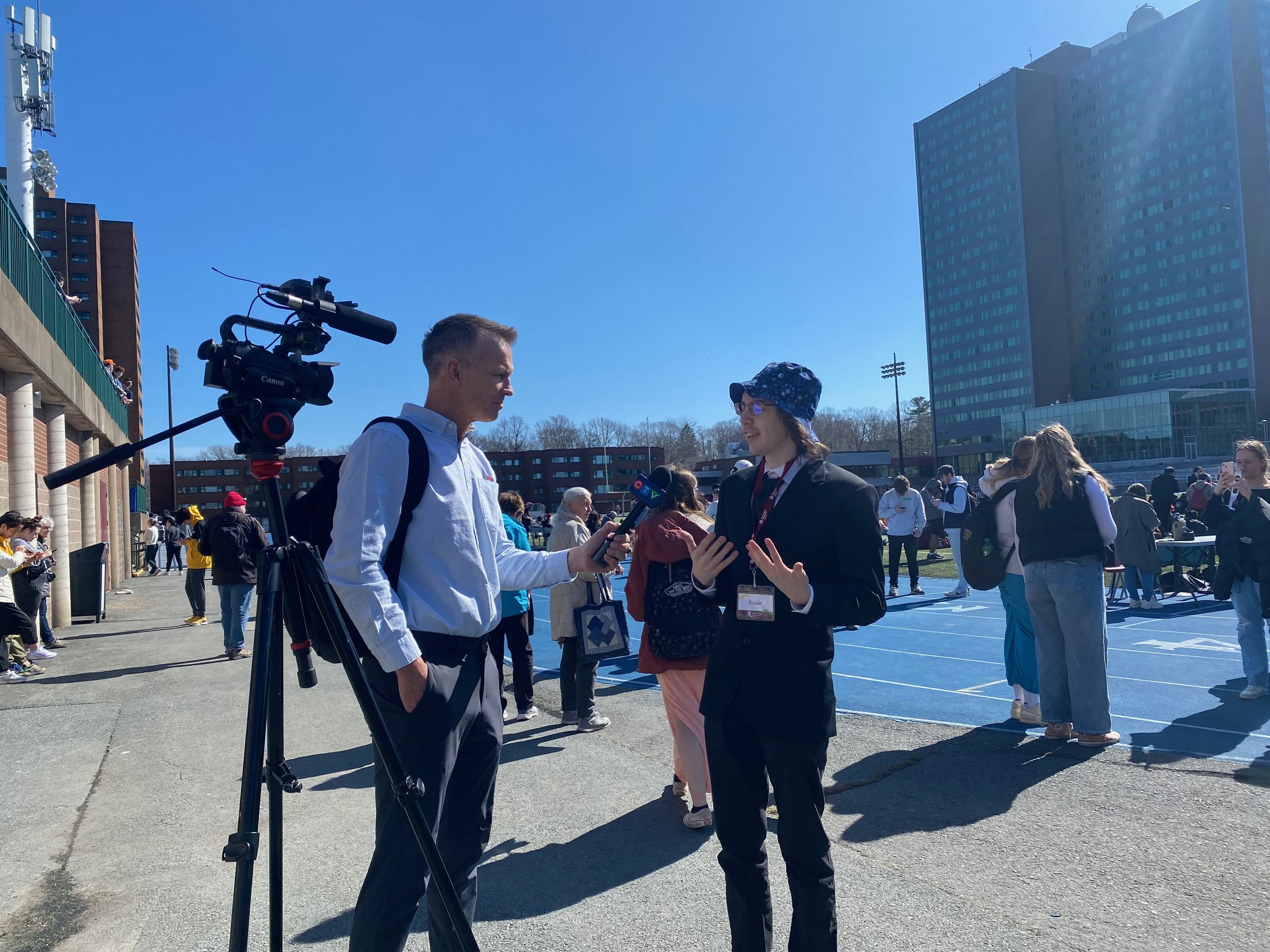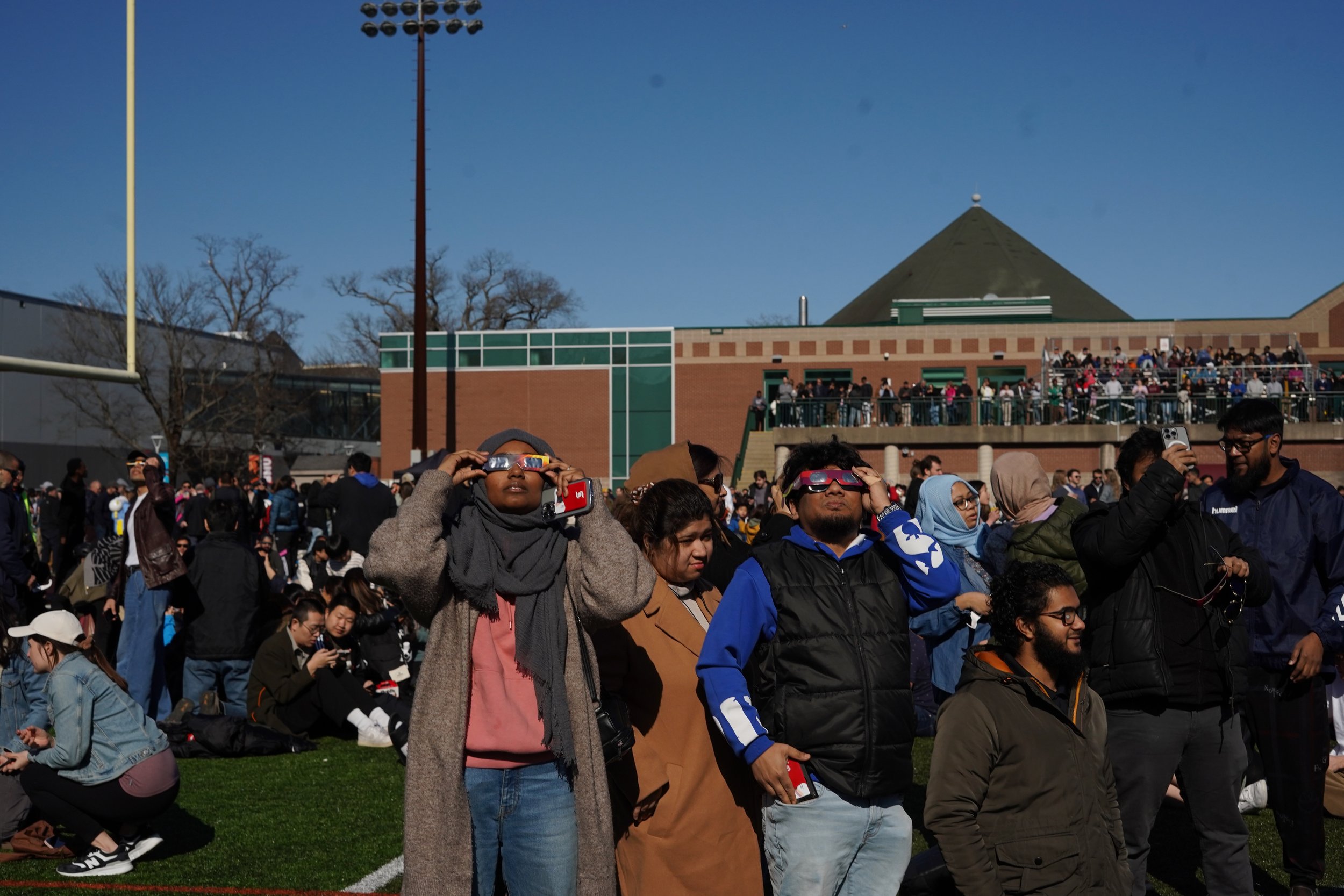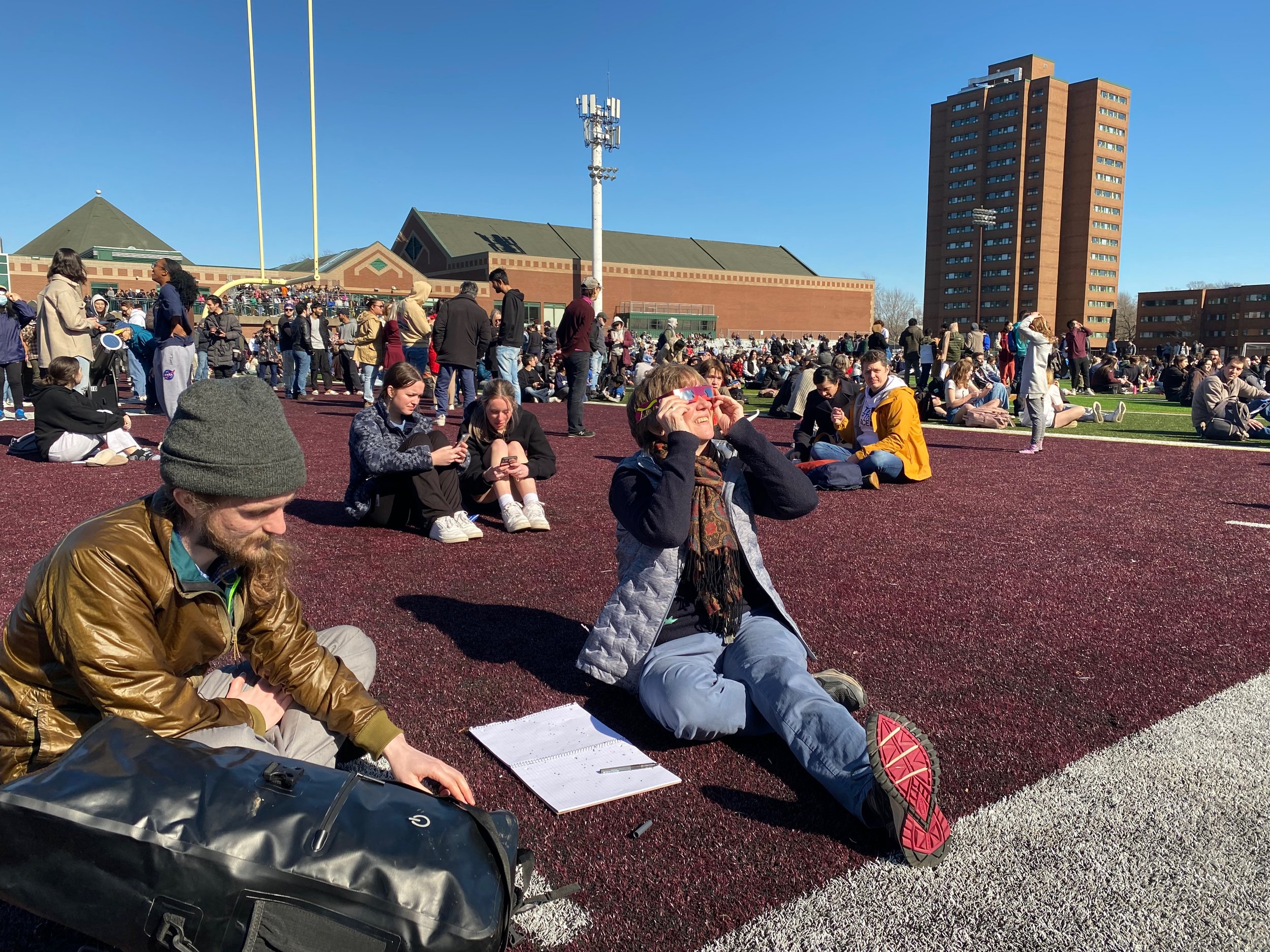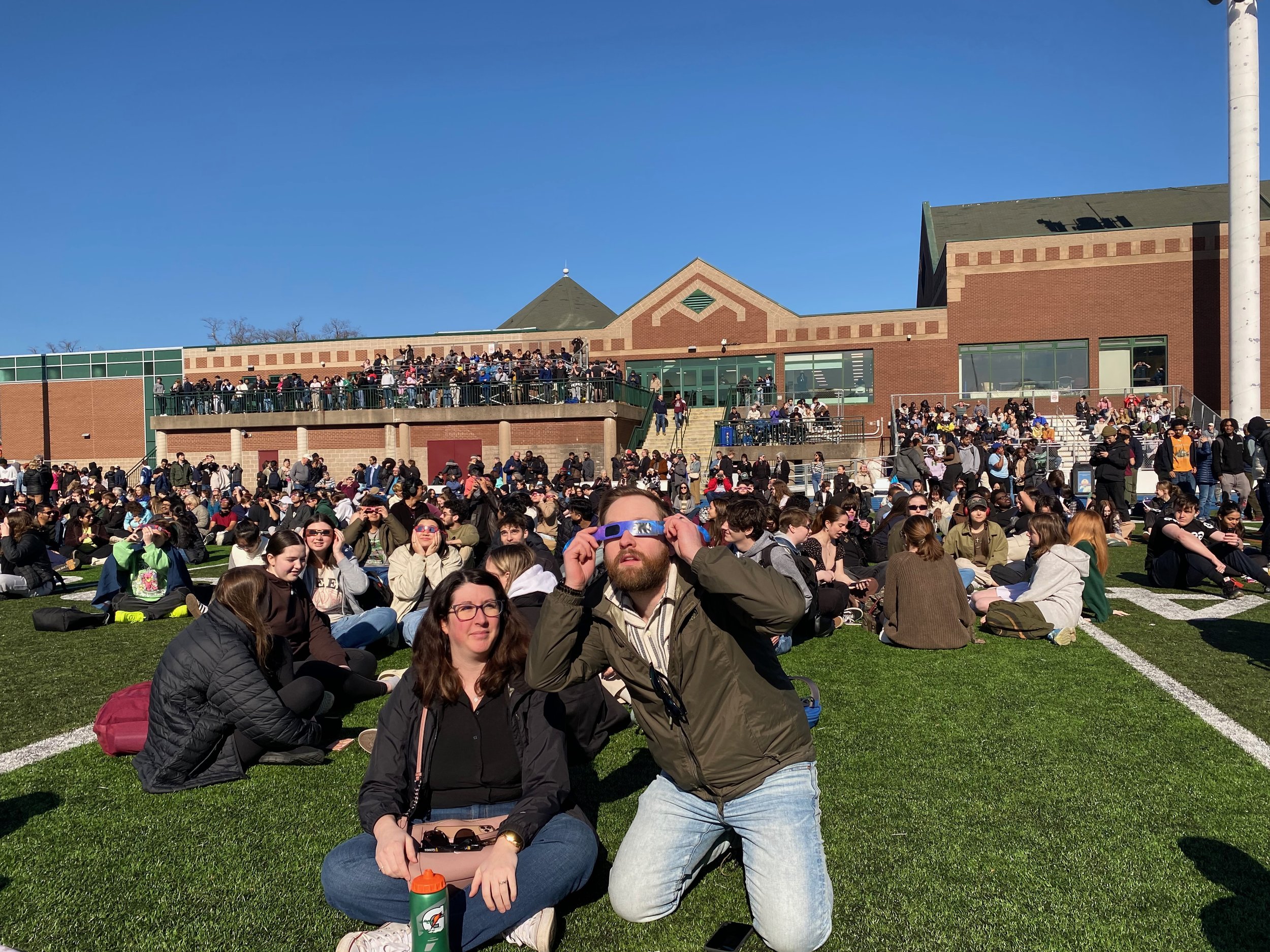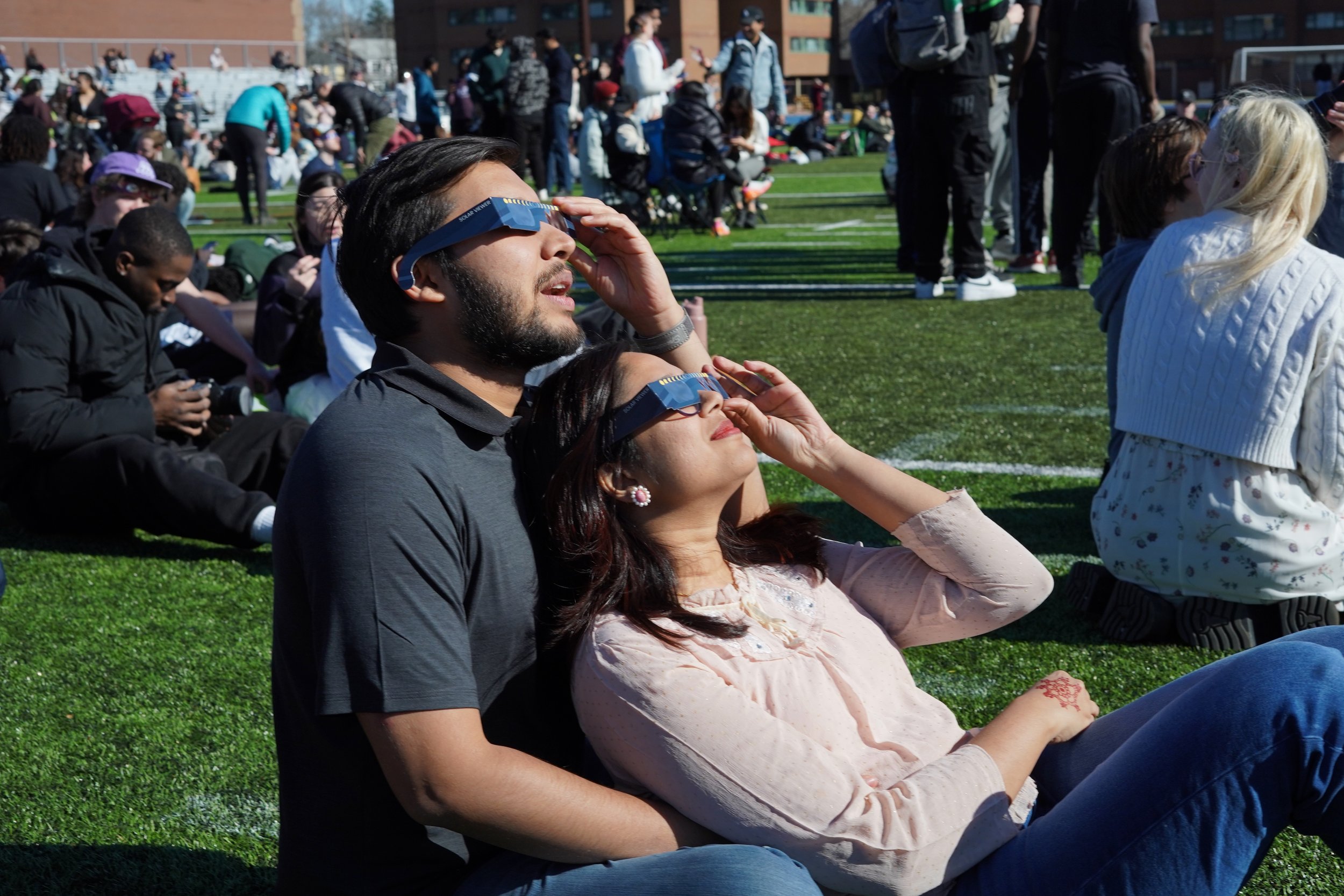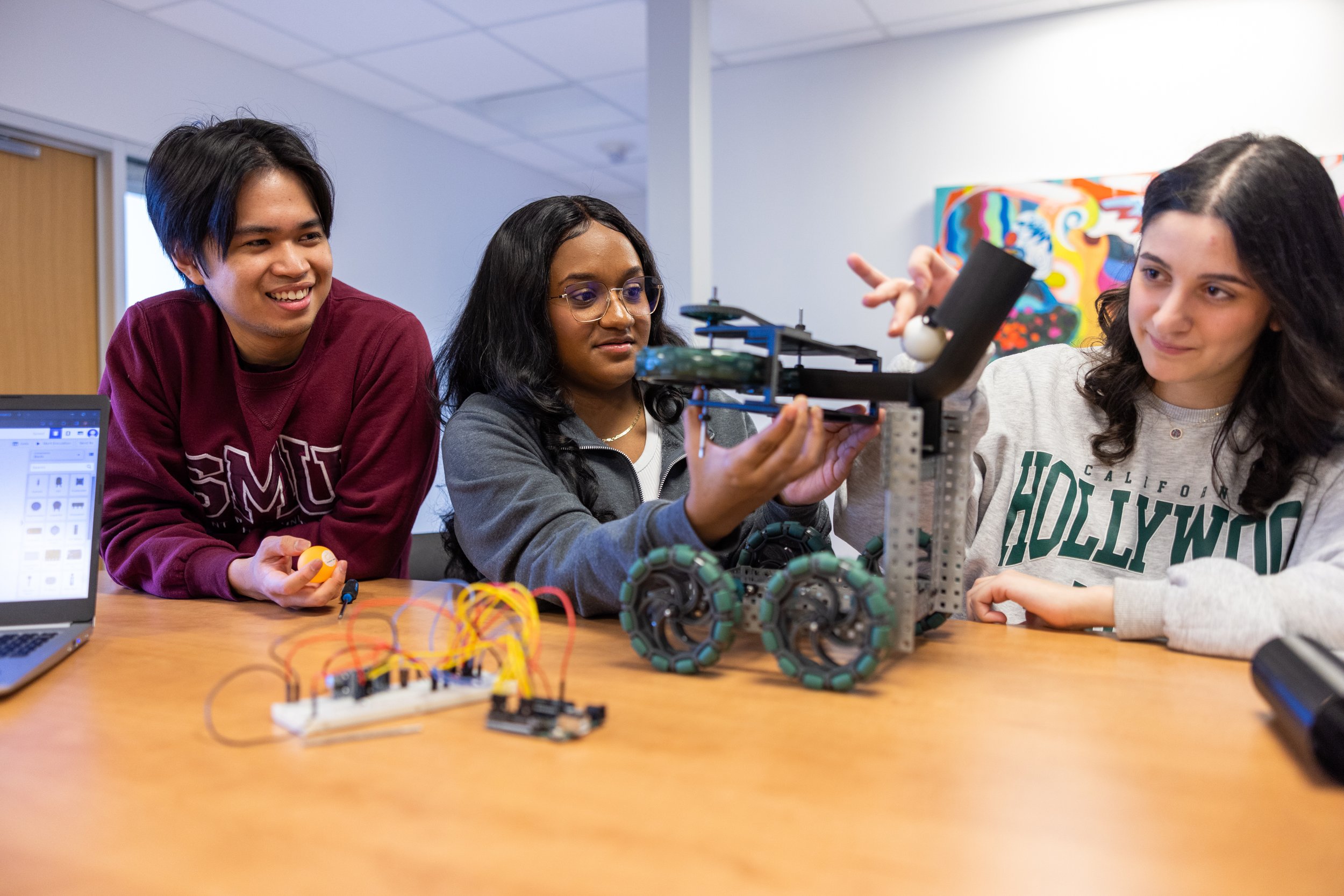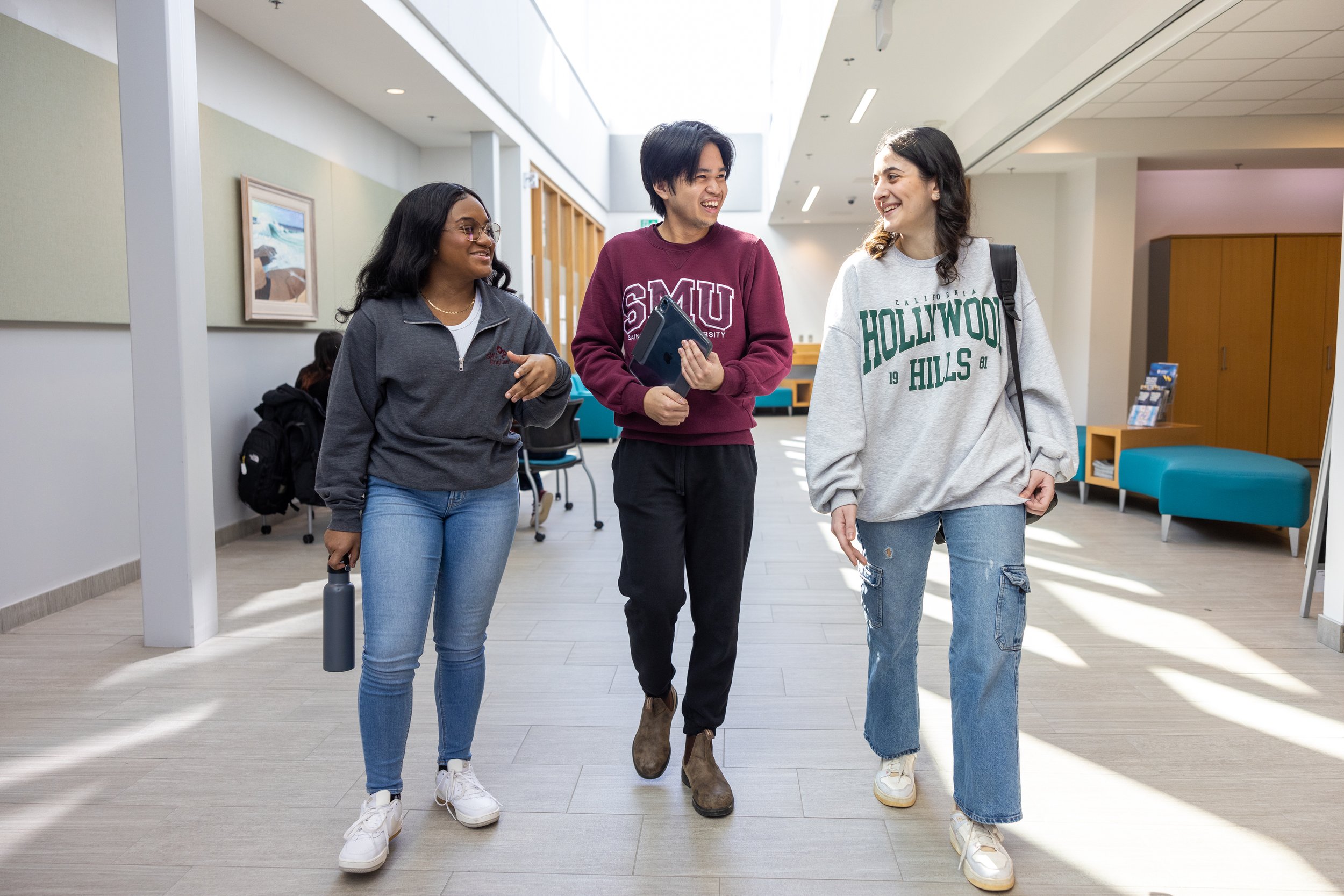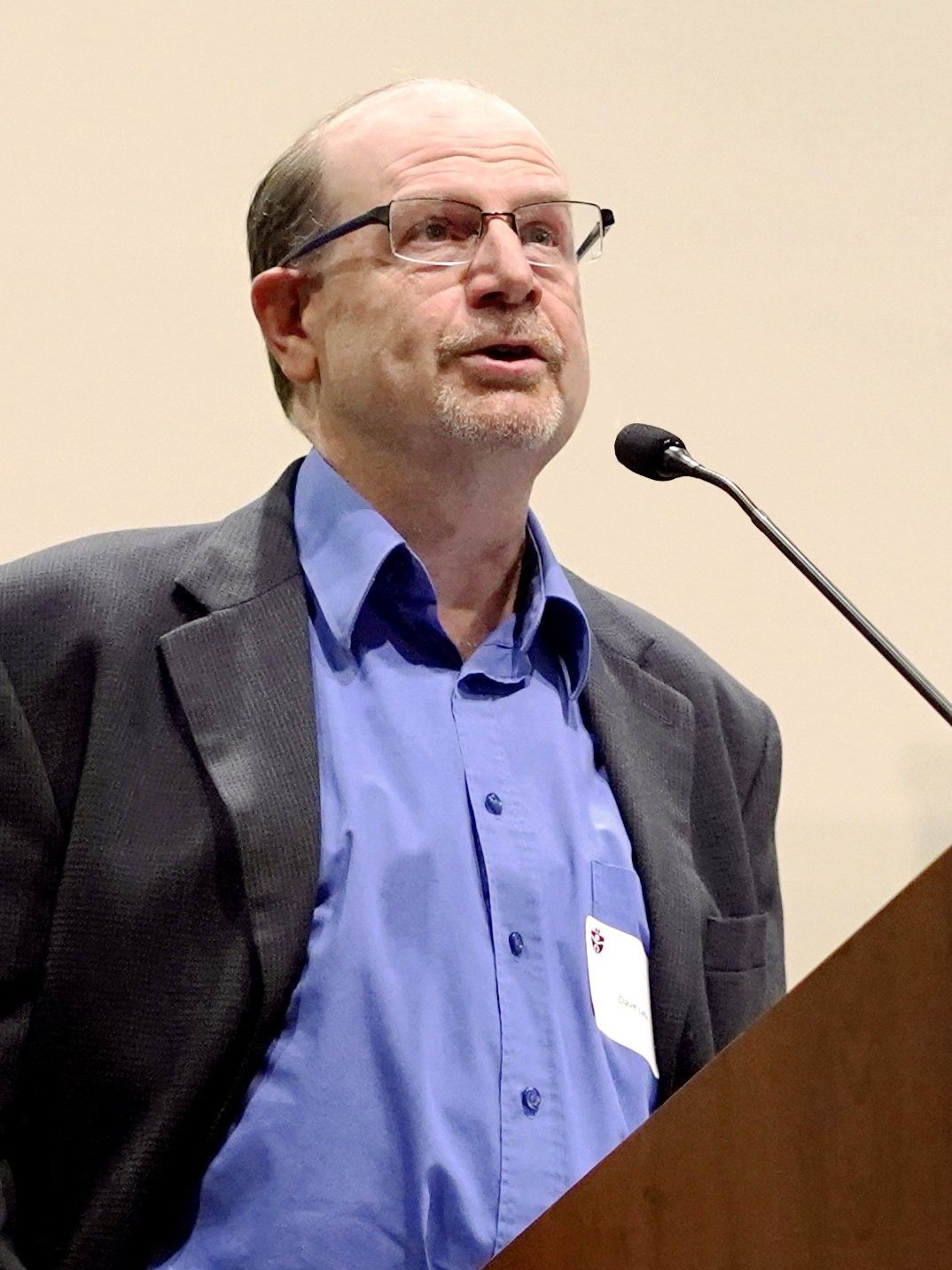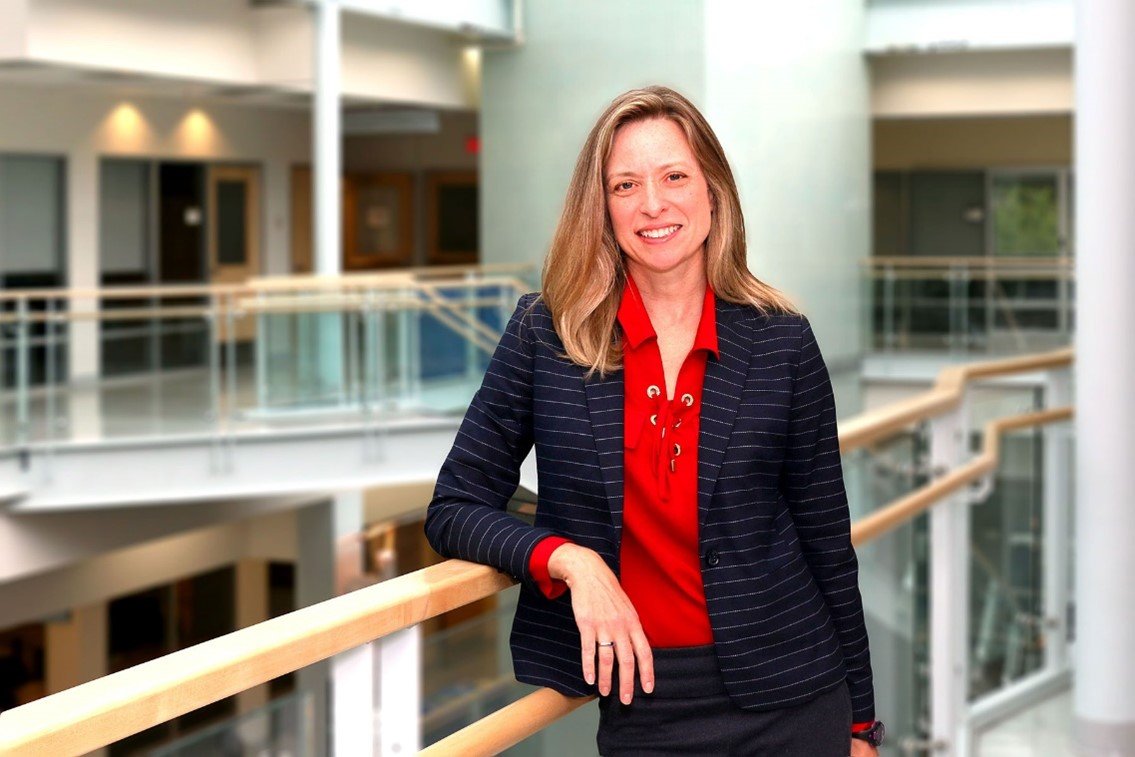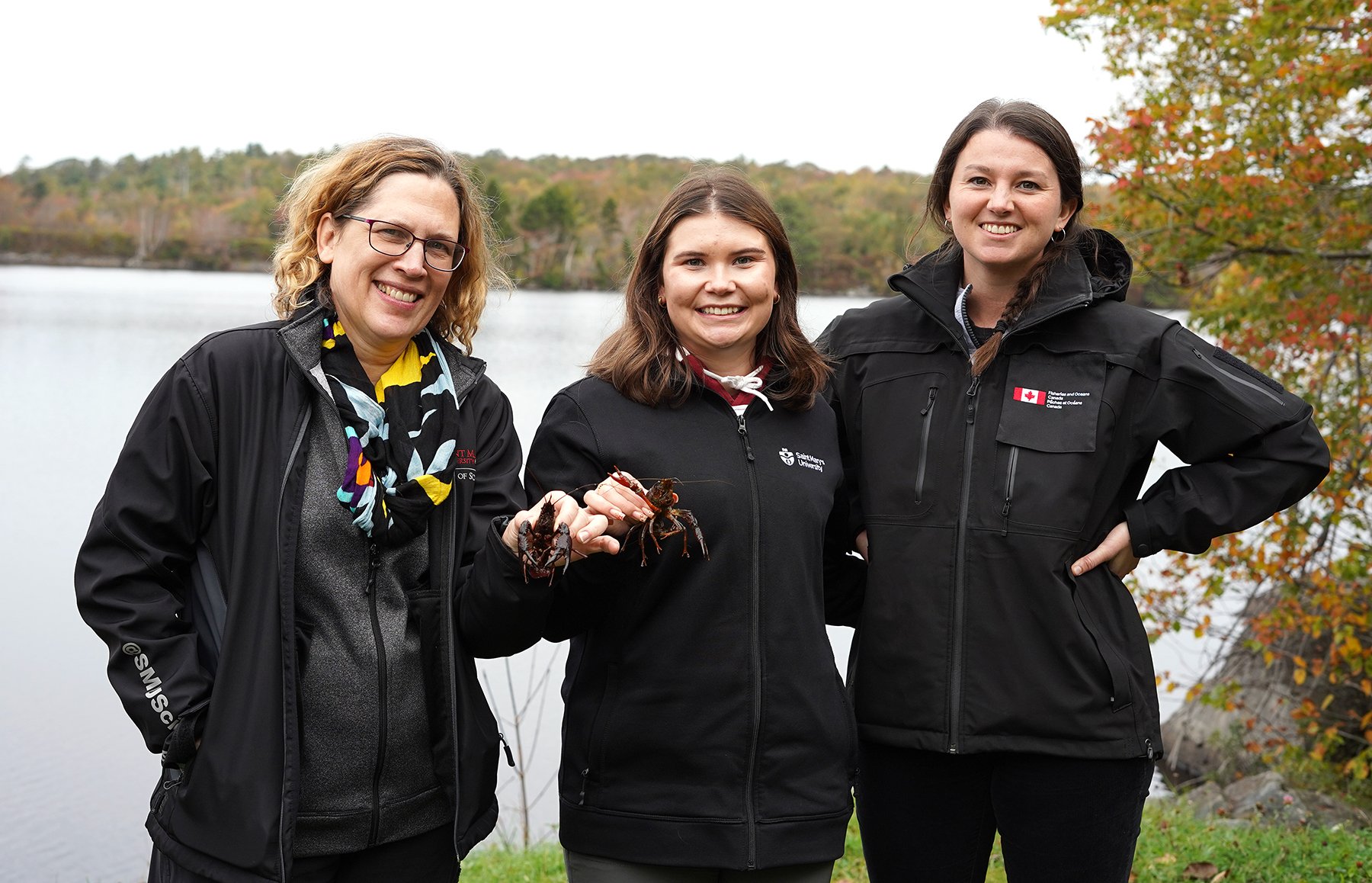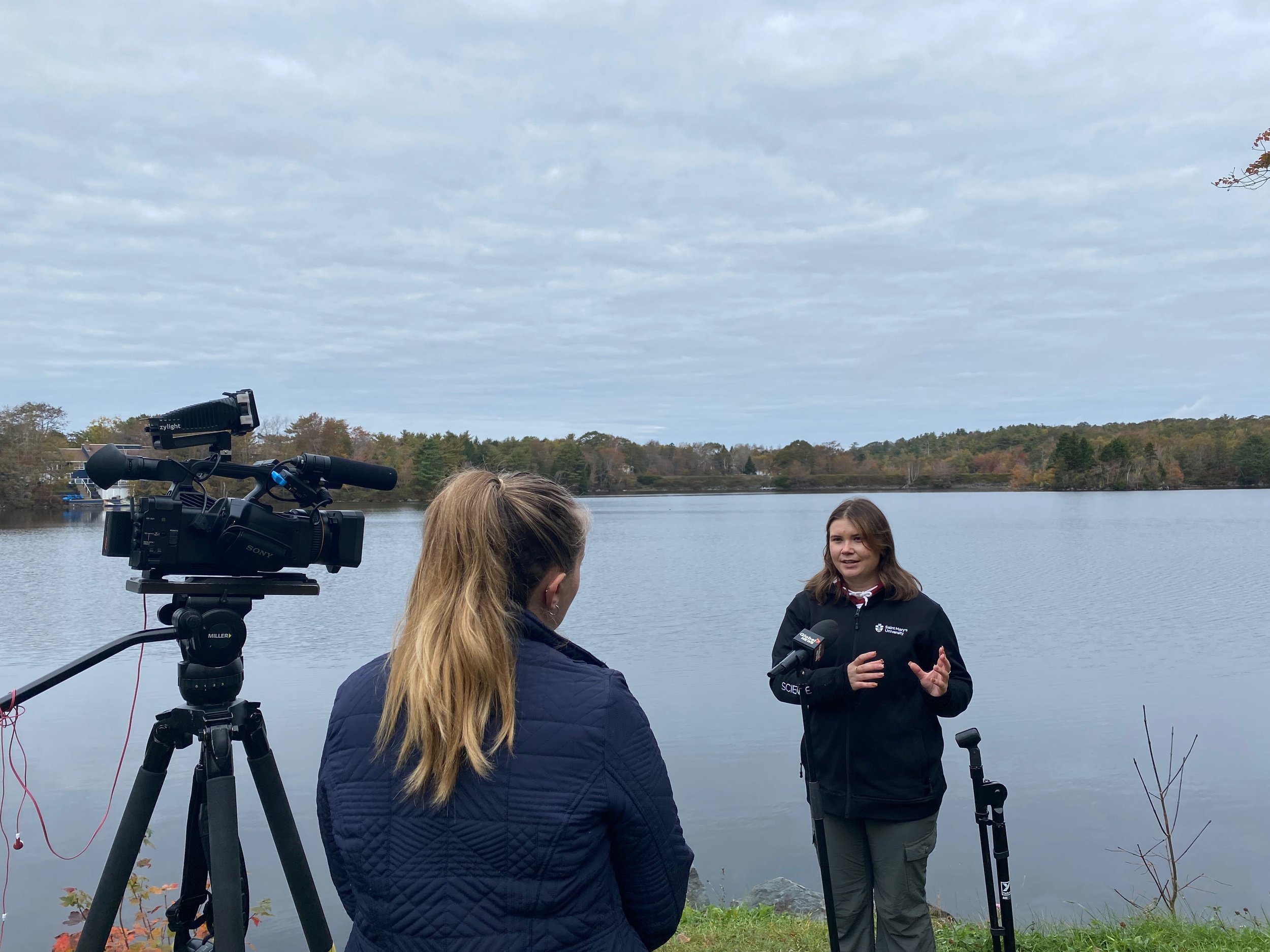A year ago, the James Webb Space Telescope (JWST) sent shockwaves through the astronomical community with reports of unexpectedly massive and ancient galaxies in the distant universe. The existence of such massive galaxies so soon after the Big Bang suggested that the universe could be much older than the 13.8 billion years the astronomers had come to accept.
Dr. Guillaume Desprez
Now, a new study led by Saint Mary’s researcher Dr. Guillaume Desprez and his team offers a groundbreaking reassessment. “The early results from JWST were a shock,” says Dr. Desprez. “Some astronomers suggested that textbooks would have to be rewritten. So, we decided to take a closer look.”
Early JWST observations of the early universe pointed to galaxies so ancient and massive they seemed implausible within the universe's established 13.8 billion-year timeline. These claims, initially presented in a preprint and later in a Nature publication in February 2023, prompted a reevaluation of our cosmic history.
Desprez's team, harnessing recent, detailed JWST data from the CANUCS (Canadian NIRISS Unbiased Cluster Survey) project, embarked on a meticulous analysis of these claims.
Using their new CANUCS data, the researchers searched for galaxies similar to those in the initial study and located at a similar distance, about 13 billion light years away. “We selected galaxies akin to the five in the original study and analyzed them in very similar ways. Our 20 candidates, however, proved neither massive nor old,” explains Dr. Desprez.
Dr. Marcin Sawicki
The research revealed these galaxies as young, not ancient relics. “The light from these galaxies took 13 billion years to reach us, offering a glimpse when the universe was just 5 percent of its current age,” explains Dr. Marcin Sawicki, also of Saint Mary’s University and key co-author of the study.
“They give us a view of what the cosmos was like in its early stages, but, contrary to the early claims, we found no massive, old galaxies there. If such galaxies did exist in the distant past, they must have been much less common than the early JWST results suggested,” elaborates Desprez.
The team used new JWST data from the CANUCS program, which has observed many more areas of the sky than was used in the original study published in Nature in 2023. “This is important because by observing multiple areas in the sky, we get a much better, more accurate idea of what is typical and what is not in the early universe,” says team member Dr. Adam Muzzin of York University in Toronto, Canada, and a key co-author of the study.
This discovery solidifies the current understanding of the universe's age. “The universe's age stands firm at 13.8 billion years old. No need to rewrite our astronomy textbooks yet,” comments Desprez. The team’s findings, though not outright disproving the initial study, suggest that even if a few ancient galaxies existed in the distant universe, such old monsters must be exceptionally rare. “Even if one or two of the original study's galaxies in the end turn out to be massive or old, such extreme objects appear extremely rare—far less common than was first concluded with early JWST data,” elaborates Dr. Nick Martis, a lead co-author of the study, now at the University of Ljubljana in Slovenia.
These findings, recently accepted for publication in the Monthly Notices of the Royal Astronomical Society (MNRAS), significantly advance our understanding of the early universe's composition and evolution. CANUCS is one of the two main programs through which the Canadian Webb science team is using 450 hours of guaranteed observing time and is made possible thanks to the financial support of the Canadian Space Agency.
Read more: ΛCDM not dead yet: massive high-z Balmer break galaxies are less common than previously reported





